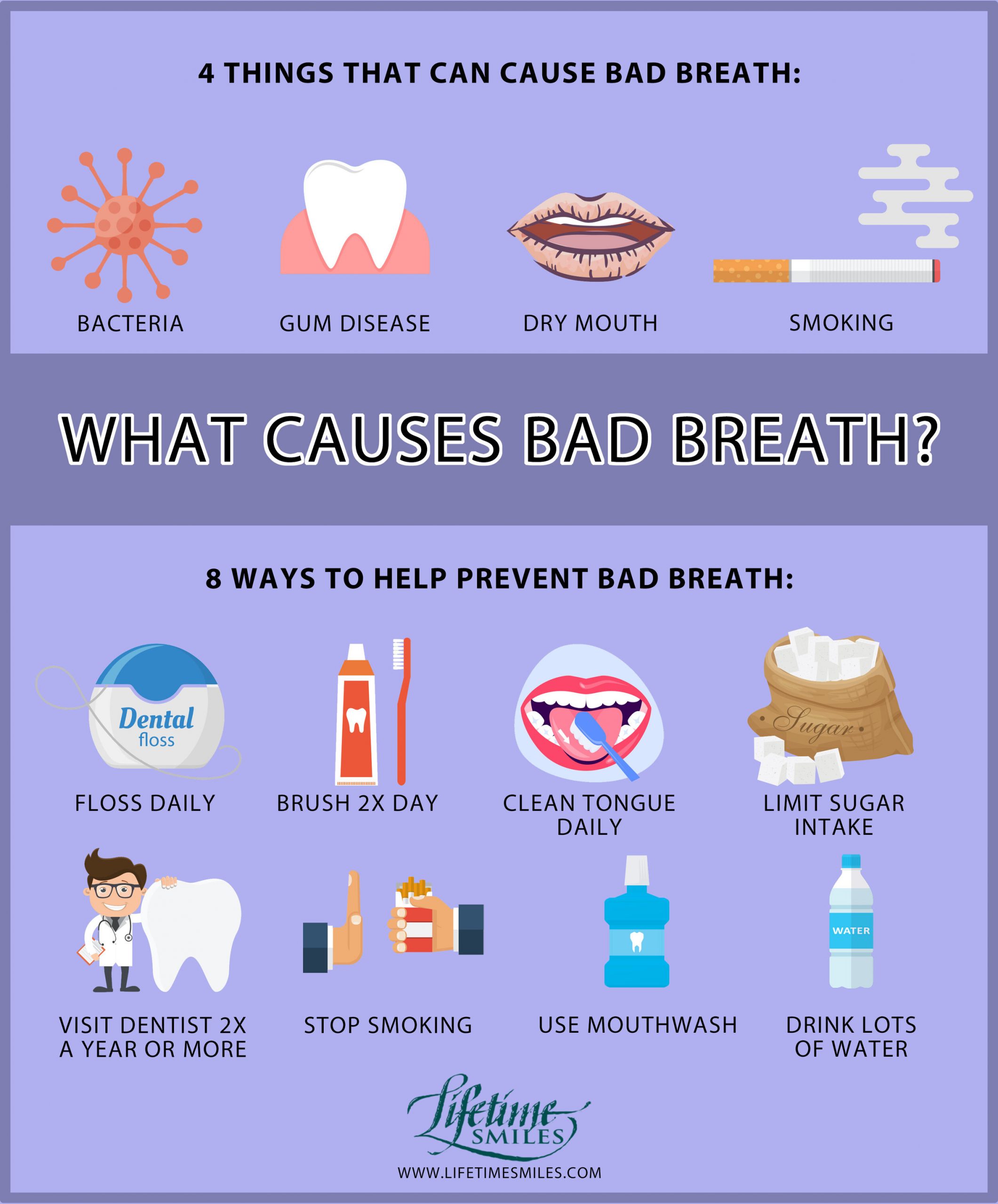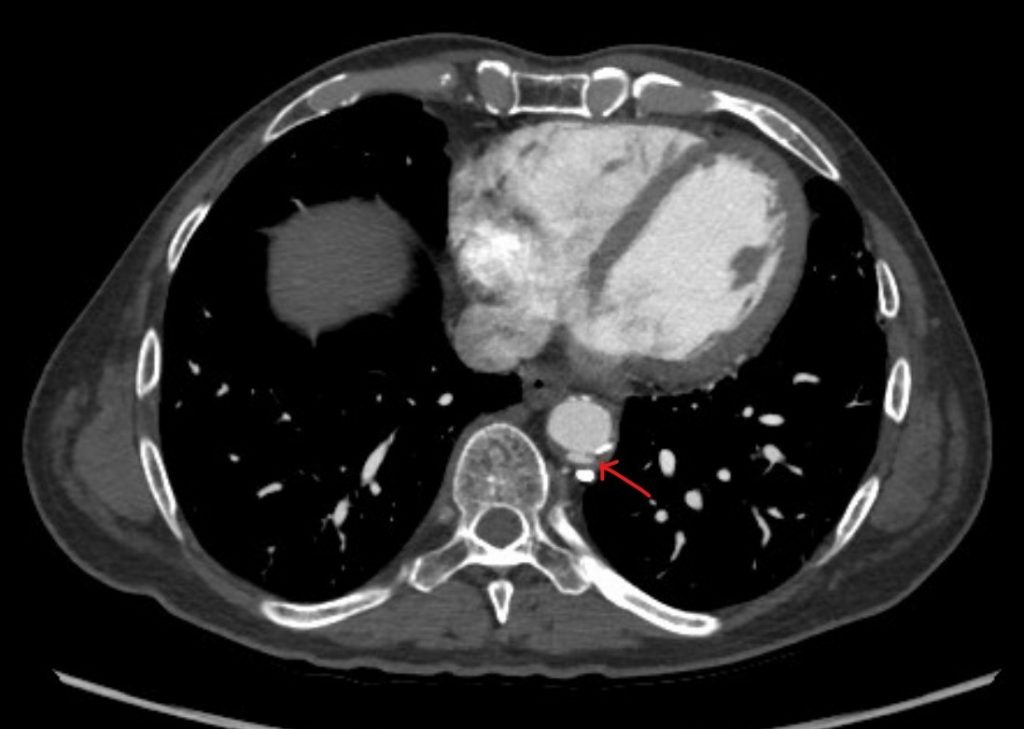10+ Bad Breath Fighters In Every Rinse

Embarrassing bad breath can be a real confidence killer, affecting not just personal relationships but also professional interactions. The good news is that there are numerous effective bad breath fighters in every rinse, helping to eliminate this issue and provide fresher, cleaner breath.
Bad breath, or halitosis, is often caused by the buildup of bacteria in the mouth. These bacteria can accumulate on the teeth, tongue, and gums, producing volatile sulfur compounds (VSCs) as they break down food particles. The most common culprits behind bad breath include poor dental hygiene, certain foods and drinks (like garlic, onions, and coffee), smoking, dry mouth, and various medical conditions.
To combat bad breath, incorporating products and practices that target the root causes, particularly the reduction of bacteria and the prevention of their multiplication, is crucial. Here are some key bad breath fighters found in various mouth rinses:
Chlorhexidine: This is a powerful antibacterial agent commonly found in prescription mouthwashes. It’s highly effective in reducing bacteria and plaque, making it an excellent fighter against bad breath. However, due to its potential to stain teeth and alter taste, it’s often recommended for short-term use.
Essential Oils (Eucalyptus, Peppermint, Tea Tree Oil): Many mouthwashes contain essential oils such as eucalyptus, peppermint, and tea tree oil. These oils not only leave a fresh, clean taste but also have antibacterial properties that help in reducing the bacteria that cause bad breath.
Hydrogen Peroxide: Some mouthwashes contain hydrogen peroxide, which helps to kill bacteria and reduce the presence of VSCs. It also has a bleaching effect, which can help in whitening teeth, although caution is advised to avoid overuse, which can lead to tooth sensitivity.
Triclosan: This is another antibacterial agent found in some mouthwashes. It works by reducing the formation of plaque and gingivitis, both of which can contribute to bad breath. However, concerns about its impact on health and the environment have led to its reduced use in many products.
Cetylpyridinium Chloride (CPC): CPC is an antimicrobial ingredient that targets and reduces the bacteria causing bad breath. It’s commonly found in over-the-counter mouthwashes and is known for its effectiveness against a broad spectrum of oral pathogens.
Fluoride: While primarily known for its role in preventing tooth decay, fluoride mouthwashes can also contribute to fresher breath by helping to maintain the health of the teeth and gums, making it harder for bad breath-causing bacteria to thrive.
Sodium Bicarbonate: Baking soda, or sodium bicarbonate, is a natural ingredient used in some mouthwashes to neutralize acids in the mouth and reduce bacteria and odors. It’s known for its mild abrasiveness, which can help in removing plaque and stains from the teeth.
Aloe Vera: Aloe vera has anti-inflammatory properties and can help soothe gums and reduce plaque, both of which can contribute to fresher breath. It’s often used in natural and herbal mouthwashes for its healing properties.
Xylitol: This sugar substitute is known for its ability to prevent the growth of Streptococcus mutans, a type of bacteria responsible for tooth decay. Some mouthwashes contain xylitol, not only for its antibacterial properties but also for its ability to stimulate saliva production, helping to keep the mouth clean and fresh.
Enzyme Systems: Certain mouthwashes contain enzyme systems designed to break down the proteins found in food particles and dead cells, which bacteria feed on to produce VSCs. By eliminating these food sources, these enzymes can effectively reduce bad breath.
When choosing a mouthwash to fight bad breath, consider your specific needs. If you’re looking for a product to address plaque, gingivitis, and tooth decay in addition to bad breath, look for a mouthwash with the ADA Seal of Acceptance, which indicates that the product has met the American Dental Association’s standards for safety and effectiveness.
Maintaining good oral hygiene, including regular brushing, flossing, and the use of a tongue scraper, alongside the use of a mouthwash, can significantly reduce the occurrence of bad breath. Regular dental check-ups are also essential, as they can help identify and treat any underlying conditions that might be contributing to halitosis.
In conclusion, with the variety of bad breath fighters available in every rinse, individuals have multiple options to tackle this issue effectively. Whether through over-the-counter mouthwashes or prescription products, incorporating these fighters into a daily oral hygiene routine can significantly improve breath freshness and boost confidence.
FAQ Section

What is the most common cause of bad breath?
+The most common cause of bad breath is the buildup of bacteria in the mouth, particularly on the teeth, tongue, and gums. These bacteria can break down food particles and release volatile sulfur compounds (VSCs), which cause the unpleasant odor associated with bad breath.
How does smoking contribute to bad breath?
+Smoking can significantly contribute to bad breath. Tobacco smoke dries out the mouth, reducing saliva production. Saliva naturally cleanses the mouth by washing away food particles and bacteria. With less saliva, bacteria can multiply more easily, leading to an increase in VSCs and bad breath. Additionally, the chemicals in tobacco smoke can directly cause bad breath.
Can certain foods cause bad breath?
+Yes, certain foods can cause bad breath. Foods like garlic, onions, and coffee contain compounds that can be absorbed into the bloodstream and eventually carried to the lungs, where they can affect the breath. Other foods, especially those high in sugar and simple carbohydrates, can contribute to bad breath by feeding the bacteria in the mouth.
How can I choose the best mouthwash for bad breath?
+When choosing a mouthwash for bad breath, look for products that contain ingredients known to combat bacteria and VSCs. Ingredients like chlorhexidine, essential oils, and hydrogen peroxide can be effective. Additionally, consider a mouthwash with the ADA Seal of Acceptance, which indicates that the product has been tested for safety and effectiveness.

